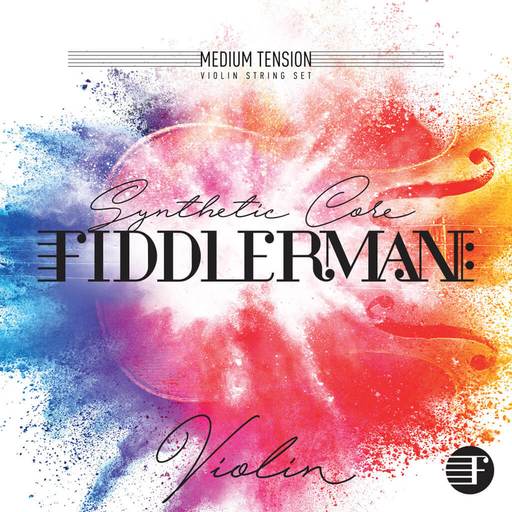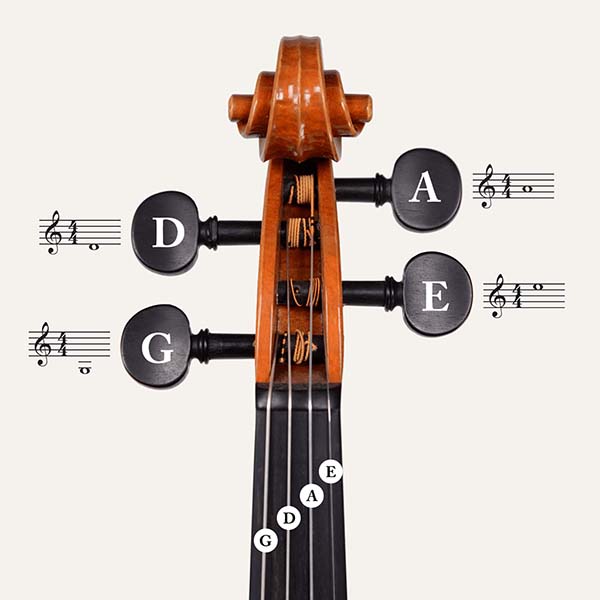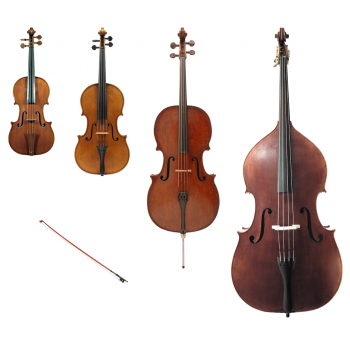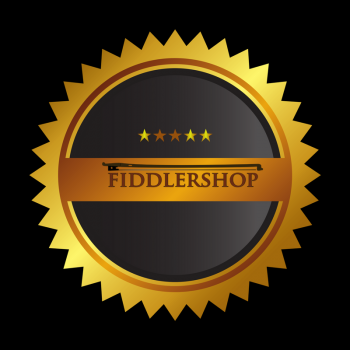Musicians, professional and student alike, tend to wait until an instrument-related problem becomes noticeable before they do anything about it.
Our worst fear is a string, bow, or some other part on the instrument malfunctioning during a performance, lesson, or a nice practice session full of a-ha moments.
Just like a car or your own body, general check ups and maintenance for your instrument will prevent hefty repair or replacement costs.
Here is a quick guide on what constitutes general maintenance, and why it's necessary.
Let's Go Over Our 10-Point Inspection
We'll use our famous 10-point inspection as a guide for upkeep on your instrument. Some of what we do for our customer's new string instruments is exactly what you should make a habit of checking on.
Bridge Position. Once cut and fitted to your instrument, a bridge will need regular adjustment on your end. When you tune, the strings will pull your bridge out of the proper angle, causing it to bend and eventually snap in half.
If you notice your bridge tilting forward, move it back slowly and carefully with both the thumb and first finger on each side of the bridge. Look at your bridge from the side. Is it in the right direction? Check out Fiddlerman resurrecting a fallen bridge and demonstrating what's the proper position for a bridge.
Strings and String Placement. Using good quality strings will effect the tone of your instrument. In addition, check that the placement of the strings always sitting in the pre-made grooves of the bridge and nut.
When we perform our 10-point inspection, we ensure the position and depth of the grooves give a proper string height for better playability and sound projection.
If your strings settle out of place, this will result in strange buzzing sounds, wear the nut and bridge, or distort the volume and standard of your instrument's sound.
Peg Adjustment. Included in the 10-point inspection, we take care to precisely shave and shape the holes in the peg box. A well-fitted peg helps with string tension and friction needed to tune easily.
However, certain factors such as weather might begin to make the pegs stick or slip. Add peg compound or drops to prevent slipping or sticking.
In some cases, the pegs may no longer fit properly and require replacement or luthier adjustment.
Weird Noises. It's not uncommon for an open seam to cause unusual buzzing or other sounds. Makers use hide glue to close up seams on the string instrument. It's natural for the glue to start wearing away with time. This is a quick fix for a luthier.
However, it's also important to note these sounds may also stem from loose fine tuners, and in rare cases, bass bars, linings, and sound posts. The fingerboard might need re-planing or shaping. If sounds persist after adjusting fine tuners and repairing open seams, the luthier will have to dig deeper for the resolution.
For sound posts, we place it where it's supposed to sit. However, if it falls, loosen the strings and take it to a luthier for repair. Watch Fiddlerman demonstrate how to reset a soundpost!
Cleaning. We clean all our instruments. However, it's up to you to make it a regular practice. Rosin build up is not good for your instrument. Also, for appearance purposes, it's nice to keep your violin, viola, cello or double bass looking sharp with cleaner and polisher.
Using a violin specific polisher is key. Do not use furniture or shoe polisher!
Our instruments usually include a cleaning cloth. Wipe down your strings, fingerboard, under the fingerboard around the bridge and over the body of the instrument without cleaner and polisher.
Liquid cleaner is not always needed if using your dry cloth after each practice session.
Your Bow. Of course, your bow also needs TLC. Take your dry cloth and clean off the stick of the bow. Also, loosen the bow hair when not in use. This will help keep the bow hair from losing strength and breaking off quickly.
Tying Up Loose Ends. We all make mistakes. Leaving a violin on the floor and stepping on it is, sadly, common. Leaning your cello up against a wall only to find it's fallen over is also not new. Get an instrument stand to avoid such tragedies.
Never leave your instrument in a super cold or hot temperature. If you live in a dry environment, think about using a humidifier for your instrument.
With all these general maintenance tips, you can ensure the longevity and good playing condition of your violin, viola, cello or double bass.
If you've purchased a Fiddlerman or Holstein violin or viola, you receive a lifetime structural warranty which covers general maintenance such as ungluing and fitting breakings. It also covers the rare occurrence of interior issues with linings and bass bars.






